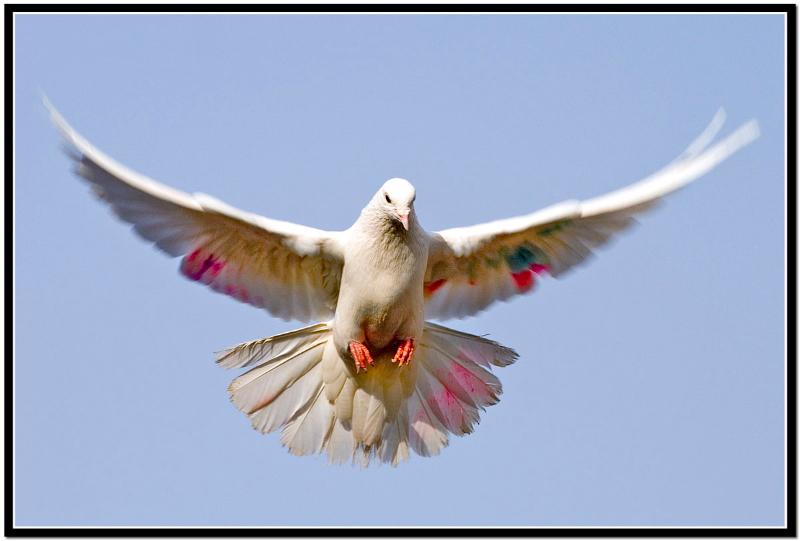Dear Integral Meditators,
This weeks article takes a bit of a closer look at exactly what it is that meditation is supposed to do for us. I look at the idea of mindfulness as stress reduction, and offer a new, what I think is in many ways a more constructive and beneficial perspective within which to view the goals of meditation and mindfulness.
Yours in the spirit of increased tolerance to stress,
 Why Meditation and Mindfulness Won’t Reduce your Stress (and why this is a good thing)
Why Meditation and Mindfulness Won’t Reduce your Stress (and why this is a good thing)
It is of course a popular idea these days that meditation and mindfulness are key tools that you can use in order to reduce your stress, and many people come to these disciplines hoping to do exactly that; reduce the amount of stress in their lives. However I like to think of meditation and mindfulness doing something different, namely increasing your tolerance to stress and developing the capacity to remain steady and calm amidst situations that are inherently stressful.
Redefining the purpose and function of meditation in the above way is important I think, because it is all too easy to experience a bit of inner peace through meditation and mindfulness, and this experience then take us in the direction of becoming less tolerant to stress, and seeking out meditation as a way of escaping that which we can’t cope with effectively.
Let’s use a simple analogy. Let’s say your present capacity to deal with stress is the equivalent of doing ten push ups in a row before reaching exhaustion. In the analogy lets then say that your life circumstances present you with circumstances that are the equivalent of doing sixteen push ups in a row. This is presently beyond your capacity or stress threshold. What a meditation or mindfulness practice would aim to do then is train your mind to become progressively more efficient at dealing with stress such that, after a while the “sixteen push up” stress level is something that you can live and cope with without getting flustered.
So, simply put the aim of mindfulness and meditation is to increase your stress threshold in a balanced way, such that you can deal with more without getting exhausted. Mindfulness and meditation when done well teach us to work with and re-direct the stress of our life in creative and dynamic ways that enable us to thrive at levels of stress that would normally be way beyond our capacity to deal with constructively.
I think this is an important point to make because:
- Living a meaningful, creative and thoughtful life that is outside of the very narrow concerns of societies present level of consciousness involves confronting ever new forms of stress and tension
- Meditation and mindfulness by their very nature increase the creative power and energy in our mind, which creates “growth stresses” within our being itself. Unless we are prepared for this, and look forward to the new stress tolerance levels that this process will take us to, then there is a good chance that we will give up our practice thinking that it isn’t working!
One Minute Mindfulness; Notice the Space
Even when your mind is busy, and when your physical world is filled with logistical activity, notice that all this activity and busyness exists within the context of space:
- Your busy mind is like a big, spacious sky filled with clouds; without trying so get rid of the clouds (busy thoughts), you can still notice and open to the spaciousness of the inner sky of your mind
- Your physical world and activities always take place in the context of an open land or cityscape. Take the time to notice the space of the sky above you, and objects in the middle and far distance of your world, not just what is right in front of you.
Regularly opening to inner and outer space in your day, gives you a bigger context within which you can contain and consciously direct the stress and tension in your life, without feeling so easily overwhelmed.
© Toby Ouvry 2013, you are welcome to use or share this article, but please cite Toby as the source and include reference to his website www.tobyouvry.com
 Soft forms of Psychic Self-Defence
Soft forms of Psychic Self-Defence  On Real Men, Daffodils and Chihuahuas
On Real Men, Daffodils and Chihuahuas The Inner Sharks of the Mind
The Inner Sharks of the Mind
 Mindful Eating As Your Object of Meditation
Mindful Eating As Your Object of Meditation Taking Light-Heartedness as Your Object of Meditation
Taking Light-Heartedness as Your Object of Meditation

